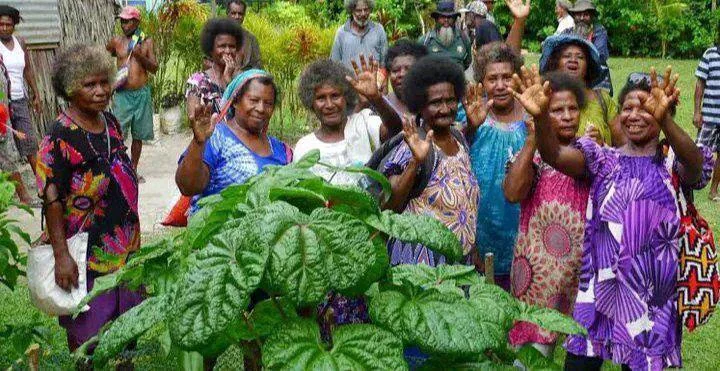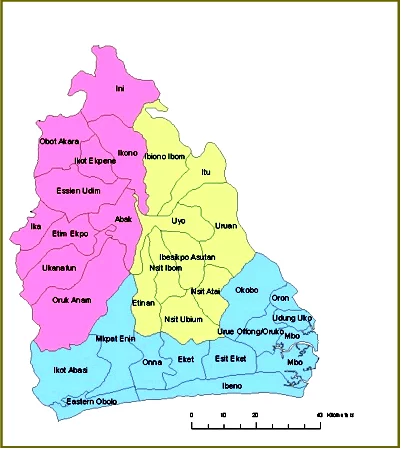
The Gender Imbalance Challenge in African Countries: Implications and Potential Solutions
The gender imbalance in many African countries is a pressing issue with significant consequences for individuals and society at large. Addressing this gender gap is essential to ensure fair resource distribution and implement measures to close the gender pay gap effectively. Let's explore the implications and potential solutions related to gender imbalance in these nations.
Recognizing the Gender Gap: A Necessity
Understanding the extent of gender imbalance within a country is the first step in addressing this issue effectively. By having access to gender-specific data, governments and policymakers can make informed decisions to bridge the gap. This is not merely a matter of statistics; it's about ensuring equal opportunities and rights for all.
Challenges Faced by Imbalanced Gender Ratios
In countries where one gender significantly outweighs the other, unique challenges emerge. For instance, in nations where women outnumber men, societal repercussions can be negative. Many women remain unmarried, which can lead to feelings of isolation. Some may even feel compelled to enter polygamous relationships due to a lack of available partners. These scenarios underline the urgency of narrowing the gender gap to prevent such social crises.
African Countries with Excess Females

Studies conducted by the World Bank highlight the gender imbalance in several African nations, where women significantly outnumber men. This phenomenon has numerous social and economic implications, such as a high demand for males in these societies. The following African countries exemplify this situation:
1. Zimbabwe: Women make up 55.7% of the population.

2. Guinea: Women represent the majority at 51.7% of the population.
3. Botswana: Just over half the population, 51.6%, is composed of women.
4. Namibia: Women constitute 51.1% of the overall population.

5. Mozambique: The female population is 51.4%.
6. Senegal: Females make up 51.2% of the general population.
7. Guinea-Bissau: Women account for 51.1% of the total population.

8. Eswatini: Women represent 51% of the population.
These statistics underscore the need for proactive measures to address gender imbalance, promote gender equality, and ensure the well-being of all individuals in these countries. By acknowledging the challenges and utilizing data to inform policies, these nations can work toward a more balanced and equitable future.
















Comments